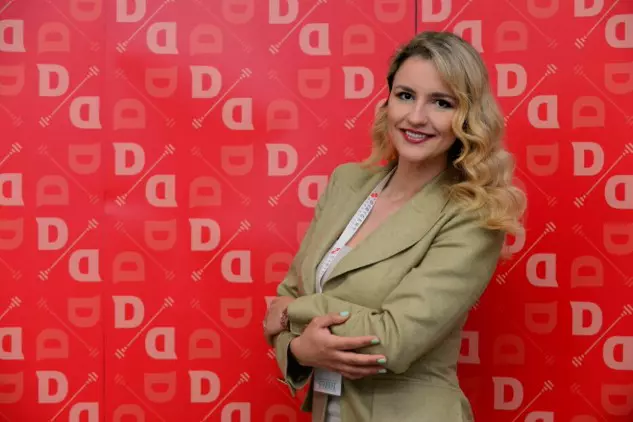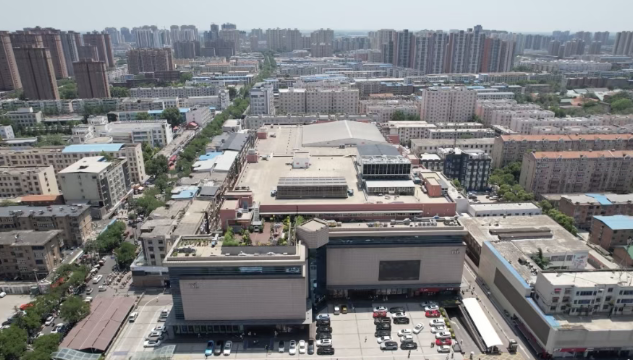The future of smart cities is not only about technology. It is about collaboration across borders and solving real problems together. That was the philosophy behind the FinEst Twins project, funded by the EU Horizon, which connected Helsinki and Tallinn. This cross-border smart city ecosystem became a living example of how urban innovation can scale beyond national boundaries. Over several years, Helsinki and Tallinn have been building versatile and agile structures for strengthening innovation work in Helsinki and in Tallinn.
In the world of numerous isolated innovation efforts, often disconnected from real urban challenges, the cross-border smart city ecosystem created by the FinEst Twins project wanted something different. As the facilitator from Forum Virium Helsinki, I participated in the work for the last bit of Helsinki’s activities. During my time, I got to lead the FinEst Twins Helsinki’s piloting programme, the grand finale of the FinEst Twins project in Helsinki. I integrated the concept of agile, co-creative piloting into cross-border practice. Agile piloting is a common tool enabling new innovations to utilise the city as a testbed. It has been commonly used and enhanced by Forum Virium Helsinki, the innovation company of the City of Helsinki.
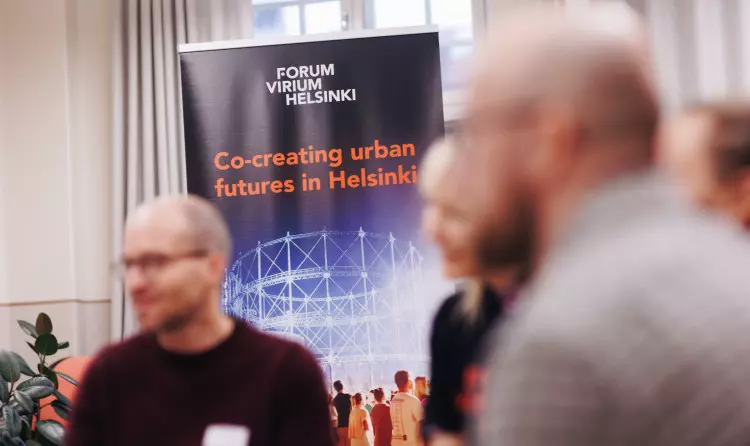
In the piloting programme, six pilots addressed urgent challenges, including cutting CO₂ emissions in buildings, boosting clean energy cooperation, utilising energy data for improving resilience, centralising vehicle emission data, supporting pediatric rehabilitation with AI, and enhancing public service delivery. In this article, I share my insights for creating a pilot programme for innovations solving urban challenges.
From shared vision to programme design in a cross-border smart city ecosystem
The core motivation for the programme was to bring to life the latent potential in the Helsinki-Tallinn collaboration by answering a question: what real-life problems are our end-users facing. After having numerous conversations with people across Europe, listening for patterns and trends, I found myself focusing on digital twins, urban resilience, clean energy, and the human dimensions of wellbeing, topics that spoke directly to the everyday realities of city life. This discovery phase, of trying to understand the landscape from the ground up, was a vital part of the design process.
After spending countless hours reading through the grant agreement and the brand of the FinEst Centre for Smart Cities, the trends I had observed matched their strategic themes perfectly. By combining all knowledge and insights gathered, we drafted our six focus areas: smart governance, clean energy transition, built environment, data, mobility, and health & wellbeing. With these pillars, our framework was done – and firmly embedded in a cross-border smart city ecosystem.

Co-creation with host organisations
Piloting in a real environment requires challenges provided by real-life partners. The problem isn’t just to find organisations, but to convince them to commit their time and resources to a programme that is, at this point, still a blank canvas.
In the FinEst Piloting Programme, I presented to the potential host organizations a narrative that wasn’t a finished pitch. It was rather an invitation to co-create the challenge descriptions. The strategic needs of the potential host was at the centre of my narrative, always highlighting that this challenge would be designed together, ensuring it would be perfectly aligned with their daily work. This approach, centered on active communication and transparent expectation-setting, was the key to getting hosts on board. They weren’t just being offered a role in a pilot program; they were being invited to be part of an ecosystem. When the first confirmations began to arrive, I remember jumping up and down because it was a confirmation that the approach worked and that we had succeeded in making this something important, something they genuinely didn’t want to miss.
Before I was able to launch the pilot programme’s open call, I had to draft the challenge descriptions and create the evaluation framework to fit the needs of each host organisation’s specific challenges. Together with host organisations, we shared responsibilities and committed to deadlines to move things efficiently. To make the open call reality, the collaboration between me as the facilitator and the host organisations needed to be built on open communication and a culture of active co-creation with a bit of pressure to keep them engaged.
The call for tenders was open for a month after which the jury members from each host organisation had another month to make their decisions. The kick-off meetings together with the hosts and the chosen pilot organisations were the beginning of the actual pilot programme. This was the moment when my role as the active facilitator shifted towards a spectator, and I was able to witness and enjoy the excitement among the programme’s ecosystem.
Piloting the six real-world solutions
Eventually, the programme became a cross-border smart city ecosystem in practice, a living laboratory spanning two countries. Cities opened their everyday challenges to startups and SMEs. Together, they built and tested concrete solutions:
- Data
Cross-border digital twin for energy crises: Intelligent Network Solutions (INS) created a digital twin simulating energy incidents with combined Finnish–Estonian datasets. Supported by Finnish AI Region and AI & Robotics Estonia.
- Mobility
Vehicle emission tracking: Flou created a prototype for managing vehicle emission data that aligns with EU carbon reporting rules. Initially built for Stara Logistics Services and Helsinki’s Urban Environment Division, with support from Traficom, it has potential for replication across both countries.
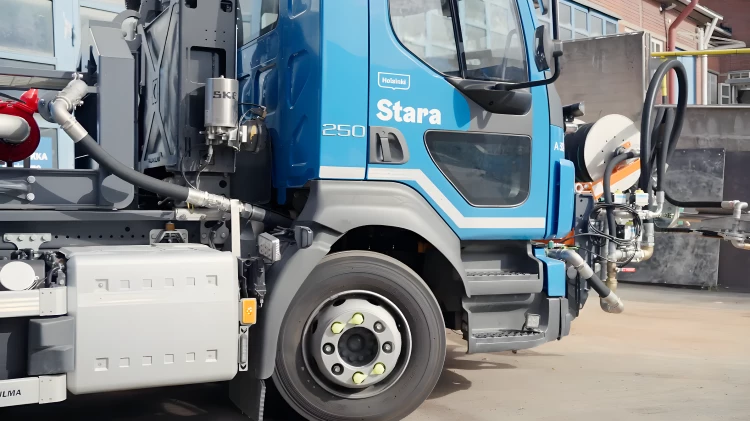
- Clean Energy Transition
Cooperation playbook: Akordi produced a playbook to guide cooperation among diverse stakeholders, refined through workshops with officials, funders, and educators. Hosted by Business Finland and Helsinki Partners, its methods are transferable well beyond the twin city area.
- Built Environment
Energy visualised through art: Enutime’s LED installation turns real-time energy consumption into a striking visual display. Tested inside KiraHUB’s office at Maria01, its simplicity makes it easy to deploy in buildings across Helsinki and Tallinn.
- Smart Governance
Youth service data: ARBEE built a system to manage siloed data from Helsinki’s Youth Services, including youth centers and digital youth work, offering a scalable model for cities worldwide.
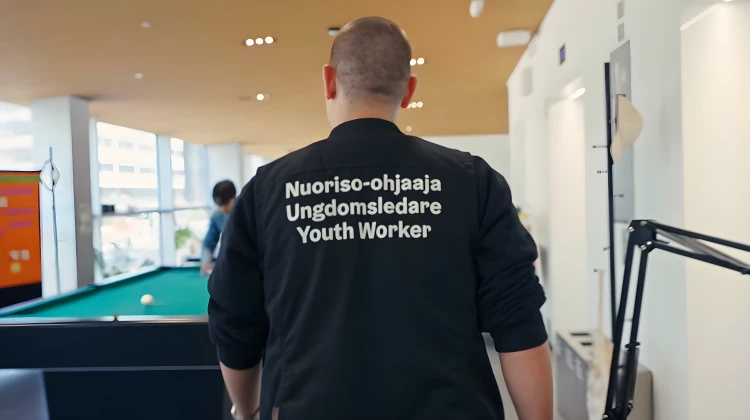
- Health & Wellbeing
AI rehabilitation for children: The New Children’s Hospital pioneered their innovation culture together with NinjaLABO whose AI tool supports pediatric rehabilitation. Lessons learned from agile piloting can be shared with Tallinn Children’s Hospital, creating a bridge for healthcare innovation across the Gulf.
What we learned – and why it matters
The pilots showed that starting from scratch, with trust, co-creation, and shared risk, can lead to real impact. For the public sector, the lesson is clear: describe and define challenges together with partners and companies. Without a deep understanding of the problem, organisations won’t be able to provide fitting solutions. For the private sector, tailor your solutions to the specific challenge. And don’t be afraid to ask for honest feedback.
The model proved something bigger than technology. It showed that neighbouring cities can act as one cross-border smart city ecosystem. Knowledge, risks, and benefits were shared across borders. If Helsinki and Tallinn can collaborate this way, so can other regions.
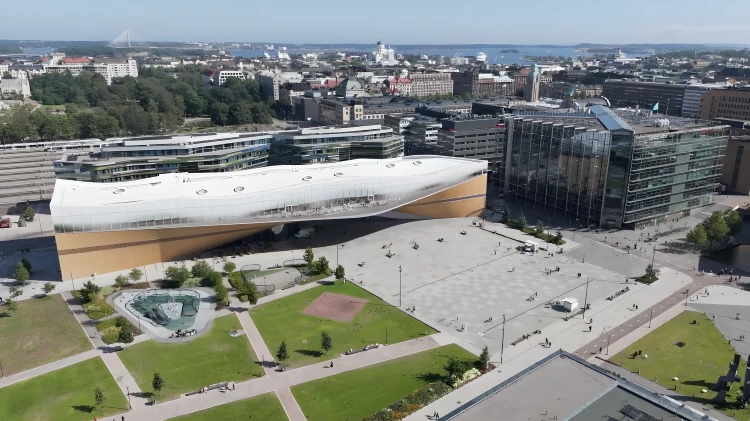
The strength of the program lies in active cooperation between public organisations, facilitators, and innovative companies. Innovative pilot programmes help cities understand their real challenges, test novel solutions, and potentially even scale them across borders. This cross-border smart city ecosystem is a call to other urban regions from the Nordics to the Mediterranean, and far beyond Europe. If we can bridge the Gulf of Finland, we can bridge almost anything.
Read more about smart city policies here.
